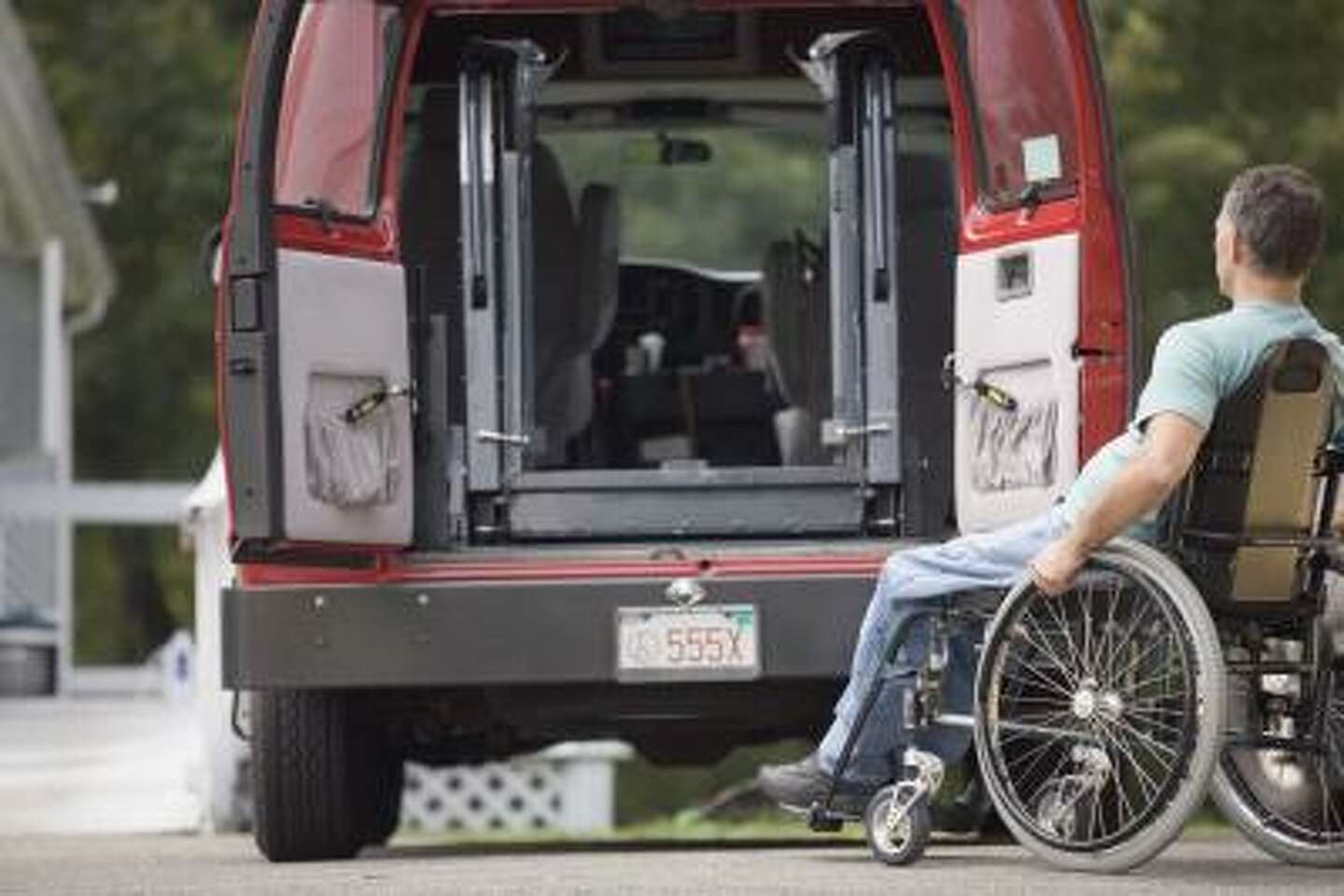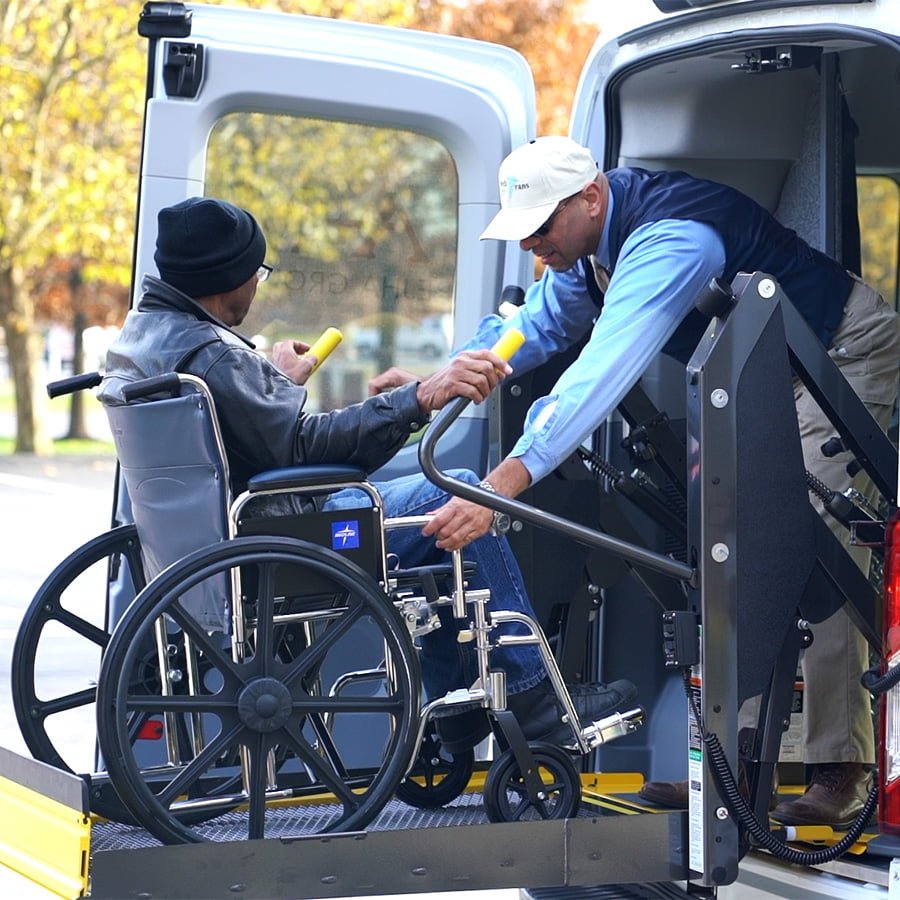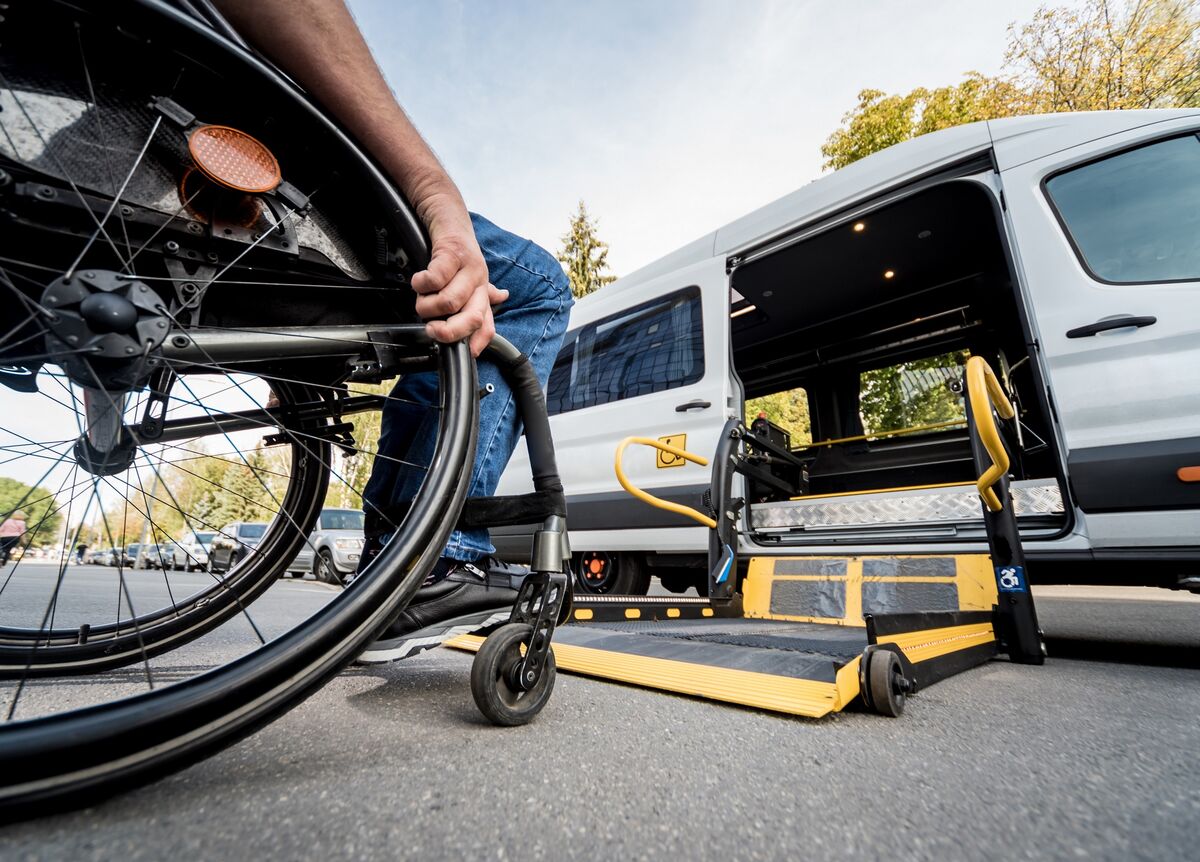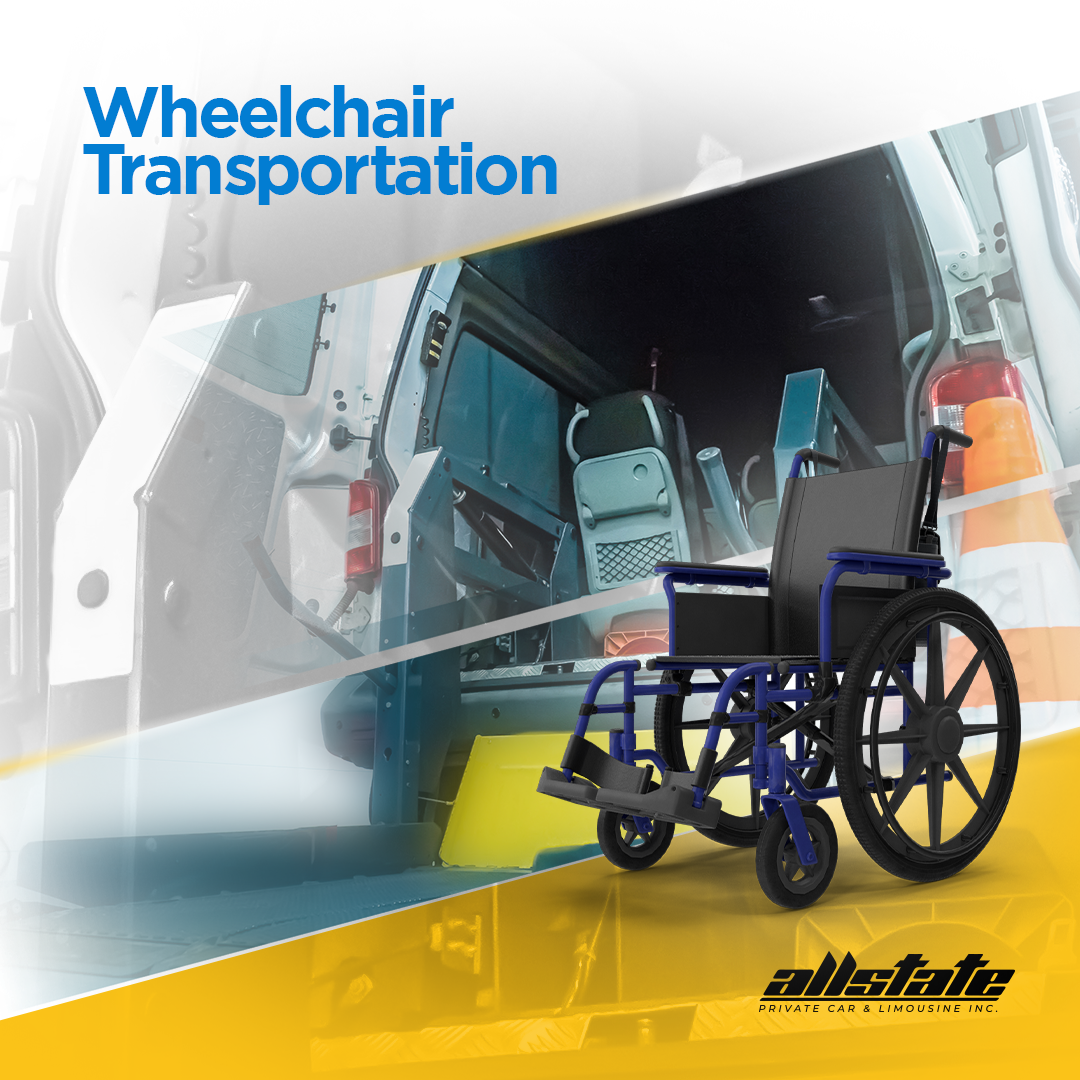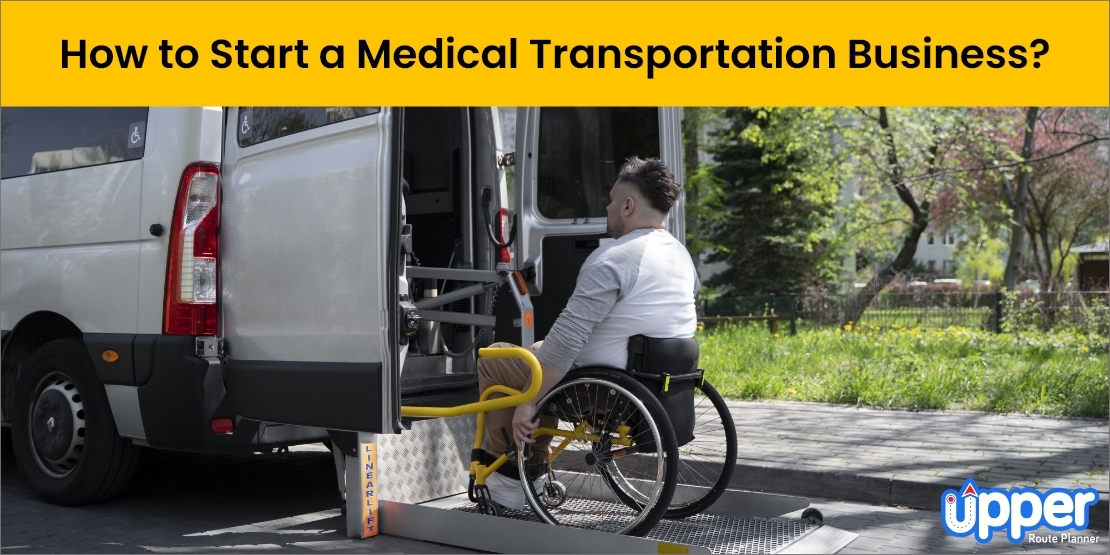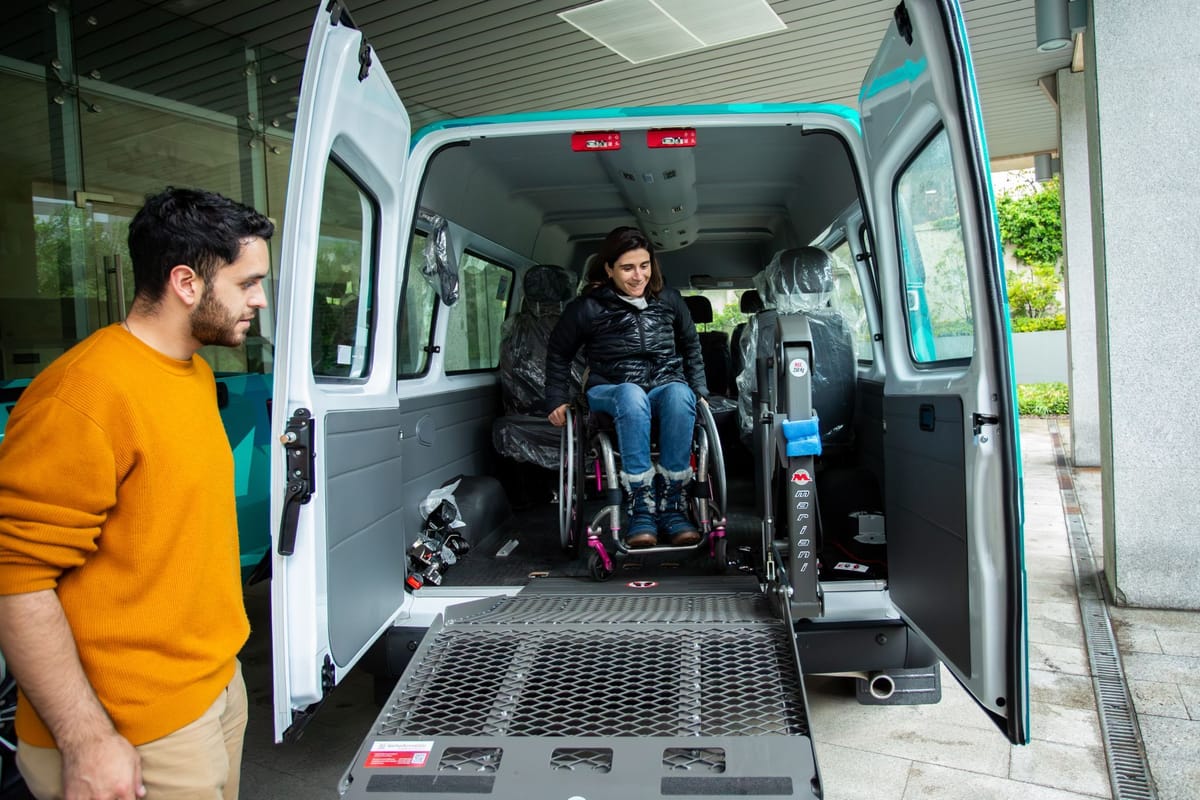How To Start A Wheelchair Transportation Business

The demand for accessible transportation is surging, fueled by an aging population and a growing emphasis on inclusivity for individuals with disabilities. Starting a wheelchair transportation business can be a fulfilling venture, addressing a critical need while offering potentially lucrative returns.
Navigating the complexities of launching and operating such a business requires careful planning and execution. From understanding regulatory compliance and securing funding to acquiring specialized vehicles and recruiting qualified staff, entrepreneurs must meticulously address each facet to ensure success and, more importantly, the safety and well-being of their clients.
This article provides a comprehensive guide to starting a wheelchair transportation business, covering essential steps and considerations for aspiring entrepreneurs.
Understanding the Market and Regulatory Landscape
Before investing a single dollar, it's crucial to conduct thorough market research. Identify your target demographic, assess the competition, and determine the specific geographic area you intend to serve.
Understanding the local demand will help you tailor your services and pricing strategies effectively. Consider factors like the presence of hospitals, rehabilitation centers, assisted living facilities, and community centers for individuals with disabilities.
The regulatory landscape for wheelchair transportation is complex and varies significantly by state and even locality. Federal regulations like the Americans with Disabilities Act (ADA) mandate accessibility standards for transportation services.
State and local regulations often govern licensing, insurance, vehicle safety inspections, and driver qualifications. Contact your state's Department of Transportation and local business licensing agencies to understand the specific requirements in your area. Failure to comply can result in hefty fines and legal liabilities.
Developing a Business Plan
A well-structured business plan is essential for securing funding and guiding your business operations. It should include a detailed market analysis, a description of your services, a financial projection, and a marketing strategy.
Clearly define your mission, vision, and values. Articulate your competitive advantages, such as specialized services, superior customer service, or competitive pricing.
Your financial projections should include startup costs, operating expenses, revenue forecasts, and profitability analysis. Consider seeking assistance from a business consultant or accountant to develop realistic and accurate projections. A detailed business plan demonstrates your commitment to potential investors and lenders.
Securing Funding
Starting a wheelchair transportation business requires significant capital investment. The cost of specialized vehicles equipped with wheelchair lifts or ramps can be substantial.
Explore various funding options, including small business loans from banks or credit unions, grants from government agencies or non-profit organizations, and private investors. The Small Business Administration (SBA) offers loan programs specifically designed for small businesses.
Consider bootstrapping by starting with a smaller fleet and gradually expanding as your business grows. Prepare a compelling loan application or investor pitch, highlighting your market research, business plan, and financial projections.
Acquiring Vehicles and Equipment
The cornerstone of your business is your fleet of specialized vehicles. These vehicles must meet strict safety standards and be equipped with wheelchair lifts or ramps that comply with ADA guidelines.
Decide whether to purchase new or used vehicles. New vehicles offer reliability and warranty coverage, while used vehicles can be a more affordable option. Thoroughly inspect any used vehicles before purchase.
In addition to the vehicles themselves, invest in essential equipment such as wheelchair tie-downs, safety restraints, first-aid kits, and communication devices. Establish a regular maintenance schedule to ensure the safety and reliability of your vehicles.
Recruiting and Training Qualified Staff
Your drivers are the face of your business, and their professionalism and competence directly impact your reputation. Recruit drivers with excellent driving records, strong communication skills, and a genuine empathy for individuals with disabilities.
Provide comprehensive training on safe driving practices, wheelchair securement procedures, passenger assistance techniques, and customer service skills. Background checks and drug screenings are essential for ensuring passenger safety.
Consider offering competitive wages and benefits to attract and retain qualified drivers. Ongoing training is important to keep your drivers up-to-date on best practices and safety regulations.
Marketing and Building Your Brand
A strong marketing strategy is crucial for attracting clients and building a successful business. Develop a website and social media presence to promote your services and communicate with potential customers.
Network with hospitals, rehabilitation centers, assisted living facilities, and other organizations that serve individuals with disabilities. Offer discounted rates or promotional packages to attract new clients.
Solicit testimonials from satisfied customers to build trust and credibility. Word-of-mouth referrals are a powerful marketing tool in this industry. Consider partnering with local healthcare providers to offer transportation services as part of their patient care packages.
Insurance and Risk Management
Adequate insurance coverage is essential to protect your business from financial liabilities. Obtain commercial auto insurance, general liability insurance, and worker's compensation insurance.
Consult with an insurance broker specializing in transportation businesses to determine the appropriate coverage levels for your specific needs. Implement a comprehensive risk management plan to identify and mitigate potential hazards.
Regularly review your insurance policies and risk management plan to ensure they remain adequate as your business grows. Safety should always be your top priority.
Technology and Efficiency
Leveraging technology can significantly improve the efficiency and profitability of your business. Implement a dispatch and scheduling system to optimize routes and manage bookings effectively.
Use GPS tracking to monitor your vehicles and ensure timely arrivals. Consider offering online booking and payment options for added convenience.
Analyze data from your dispatch system to identify areas for improvement and optimize your operations. Consider implementing a Customer Relationship Management (CRM) system to manage customer interactions and track customer satisfaction.
Looking Ahead: The Future of Wheelchair Transportation
The wheelchair transportation industry is poised for continued growth as the population ages and accessibility standards improve. Embrace innovation and adapt to evolving technologies to stay ahead of the competition.
Consider expanding your service offerings to include specialized transportation for medical appointments, social events, and recreational activities. Explore partnerships with ride-sharing companies to offer wheelchair-accessible transportation options.
By focusing on safety, reliability, and exceptional customer service, you can build a thriving wheelchair transportation business that makes a positive impact on the lives of individuals with disabilities. The increasing integration of electric vehicles into transportation fleets also presents an opportunity to reduce environmental impact and potentially lower operating costs in the long run.




